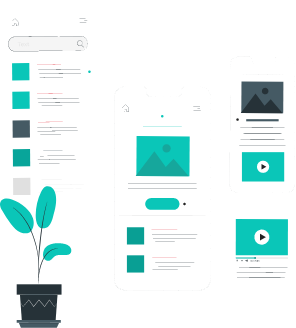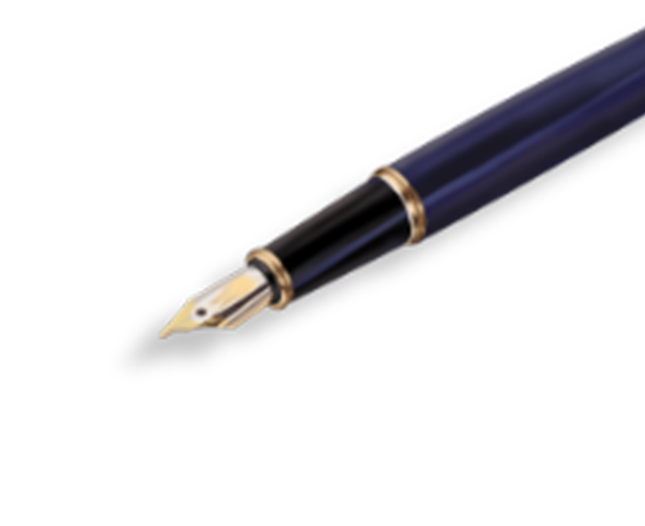




UX (User Experience) & CX (Customer Experience) sound almost the same, but they are not. UX is with us from 90’S and CX has been introduced recently and it is game-changing. With a good CX, customers pay 4.5 times more
deals with people interacting with your product and the experience they receive from that interaction. UX is measured with metrics like success rate, error rate, abandonment rate, time to complete tasks, and (since we deal in digital) clicks to completion.
in contrast, encompasses all the interactions a person has with your brand. It might be measured in: overall experience, likelihood to continue use, and likelihood to recommend to others. In essence, UX is part of a broader CX, but CX contains some aspects outside of a product that UX does not.
If your product has a tiny problem and your users are frustrated just because of that, then you may face some big losses.
A bad experience may demote your product just by word of mouth
In this repository of millions of products, if your users face a bad experience, they will never return.
A better experience design could yield conversion rates of up to 400%. Then you can experience hyper profit.
A good experience may promote your product just by word of mouth
Because of your product’s good experience your customers will return over and over

A field study is conducted by keeping in mind the user's context and location. Learn the unexpected by leaving the office and observing people in their natural environment.

A fast and easy way to gather user data with the help of interviews. It helps to get user’s perceptions and feedback.

A group discussion is conducted to collect opinions of carefully selected participants on a product.

With some contextual questions and a good tool (like Google forms) it can be a very easy and cheap way to gather user data

In this method, a group of people organizes topics into categories that make sense to them and group them accordingly

Users are asked to perform a specific task and based on their behaviors and actions data are gathered

A field study is conducted by keeping in mind the user's context and location. Learn the unexpected by leaving the office and observing people in their natural environment.

A fast and easy way to gather user data with the help of interviews. It helps to get user’s perceptions and feedback.

A group discussion is conducted to collect opinions of carefully selected participants on a product.

With some contextual questions and a good tool (like Google forms) it can be a very easy and cheap way to gather user data

In this method, a group of people organizes topics into categories that make sense to them and group them accordingly

Users are asked to perform a specific task and based on their behaviors and actions data are gathered

Both side firsthand ideas are put on the table
Stakeholder Meeting
Creative and Analytical Session
Research methodologies ( e.g Personal Interview, Usability Test)
Observational data, Feedback data
Curating the collected data
Information Architecture
Conceptual Sketches
Digital wireframes
Interactive prototypes
Keeping Backup
Product Release
Stakeholder Review
Lorem ipsum dolor sit amet, consectetur adipiscing elit, sed do eiusmod tempor incididunt ut labore et dolore magna aliqua. sed do eiusmod tempor incididunt ut labore et dolore magna aliqua.
Group Surveys
Email Feedbacks
Market Research
Choosing the right Platform
Brand Awareness
Tracking Customers
Refining Touchpoints
Seamless Buying Process
Excellent Customer Support
Maintaining Brand Ethos




